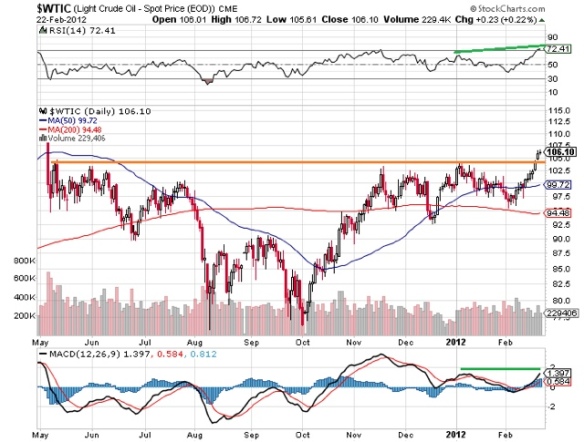How many times did you hear this as a child? Too many! But it is true. Whether we spend, save, or invest, we feel our money constantly has to be doing something. Sometimes, instead of working, money needs to patiently rest.
If we go back to the end of 2007, money should have rested 18 months before going back to work! Having capital preserved was more advantageous than putting it risk. Right now, we are in an environment where there really is no driver that excites us to put more capital at risk. The 20-30% exposure we have for managed accounts is still long. A small inverse ETF hedge was closed yesterday for a small profit. This is all the interest we have. While many may say we are under-invested, I ask why would we put more capital at risk?
Until the market can hold above the 1355-1365 area on th S&P 500, why should have more interest in stock exposure? We did push above that level and held for 2 days before falling below that level the last few sessions. Selling the remaining investments or adding an inverse hedge doesn’t excite us either. Since the beginning of June the S&P 500 has a nice little up-trend in place. Currently we are testing the lower edge of the up-trend.
So for now, we are wimps! Holding pat at about 1/3 of bullish exposure and being patient could easily prove to be the most prudent action. Once we can hold above 1355-1365 more exposure is warranted. Pushing past 1420 would make us bullish. Conversely, falling below the 200 day moving average at about 1305, and again not holding 1285, would make us very bearish.

















